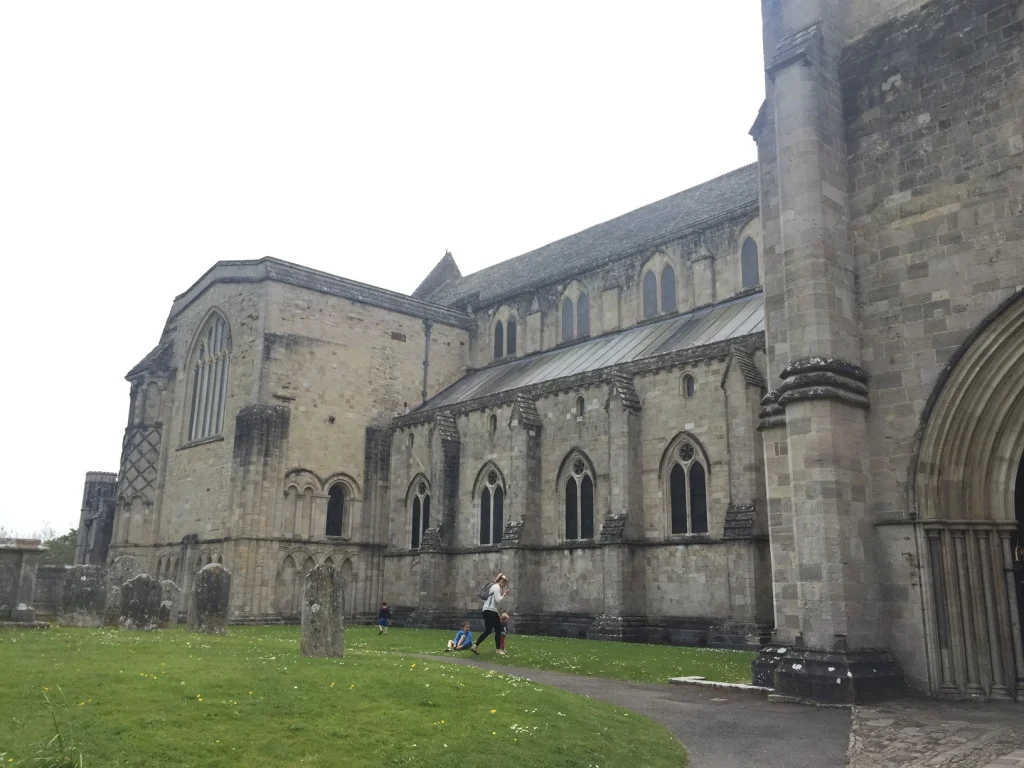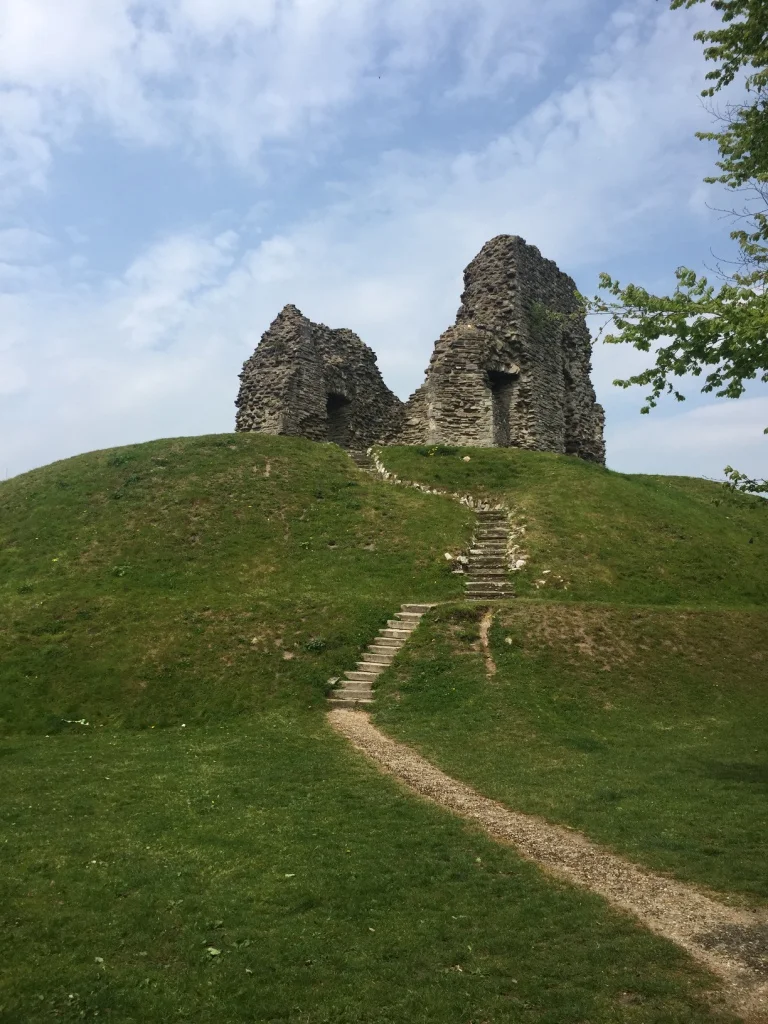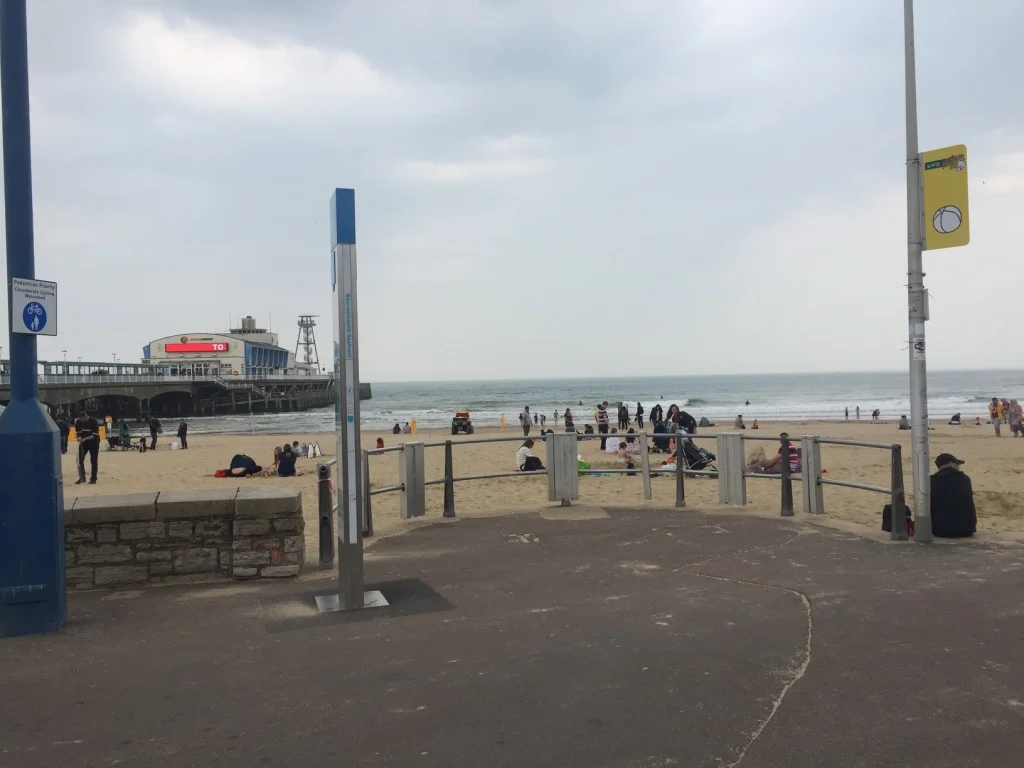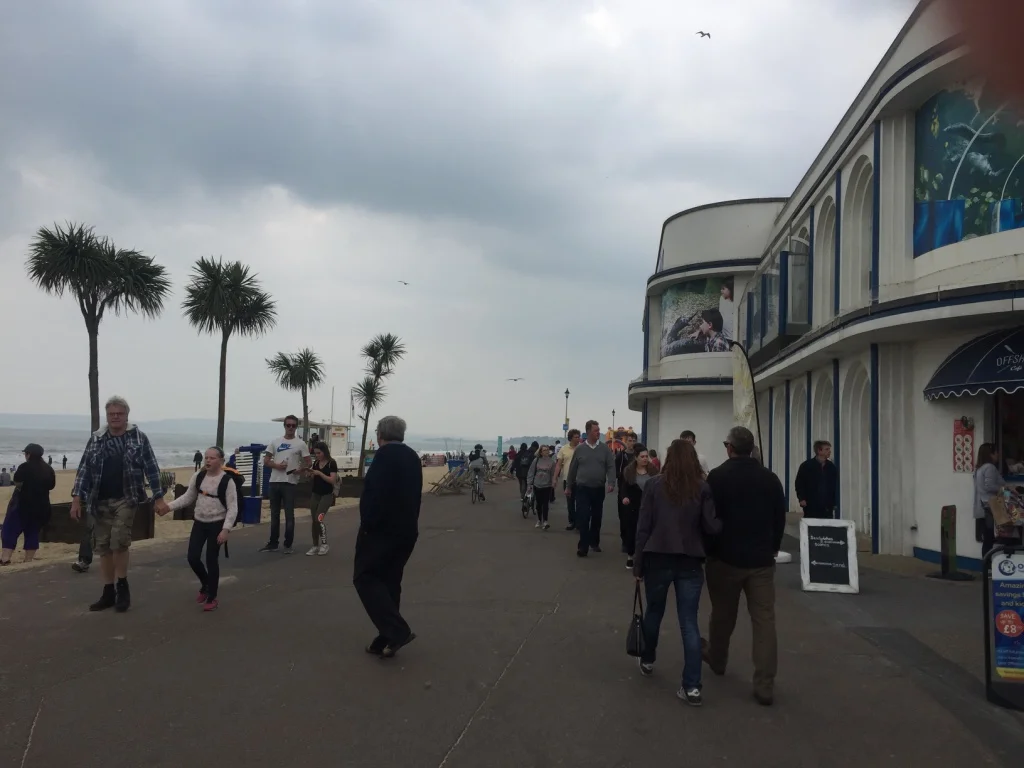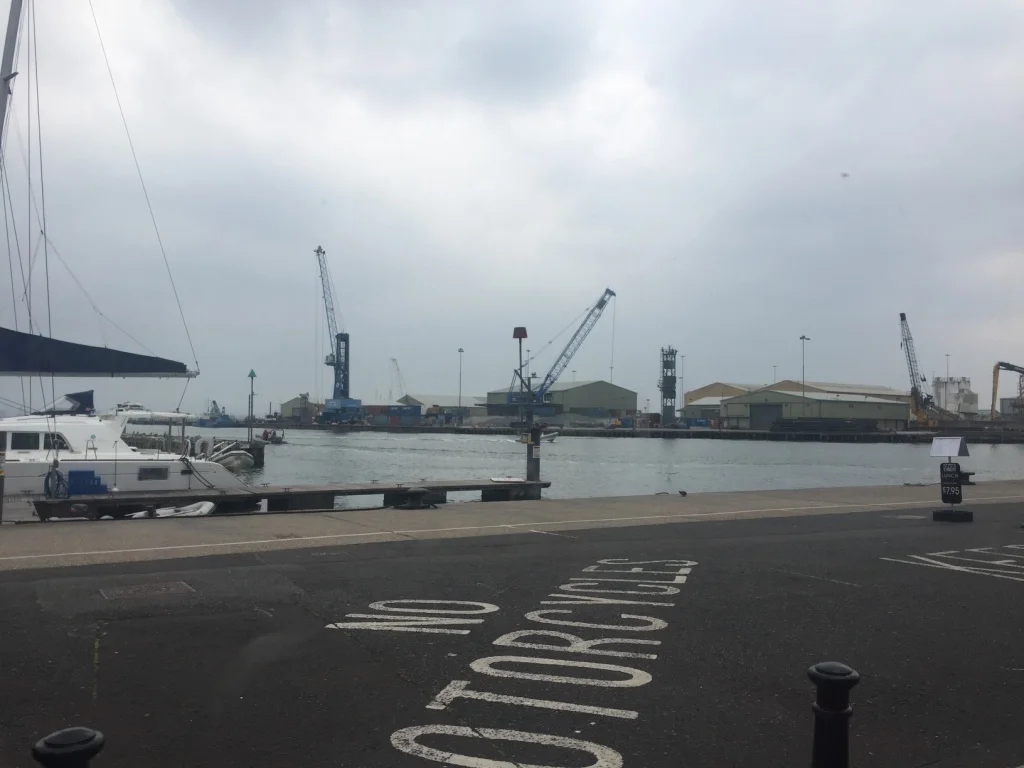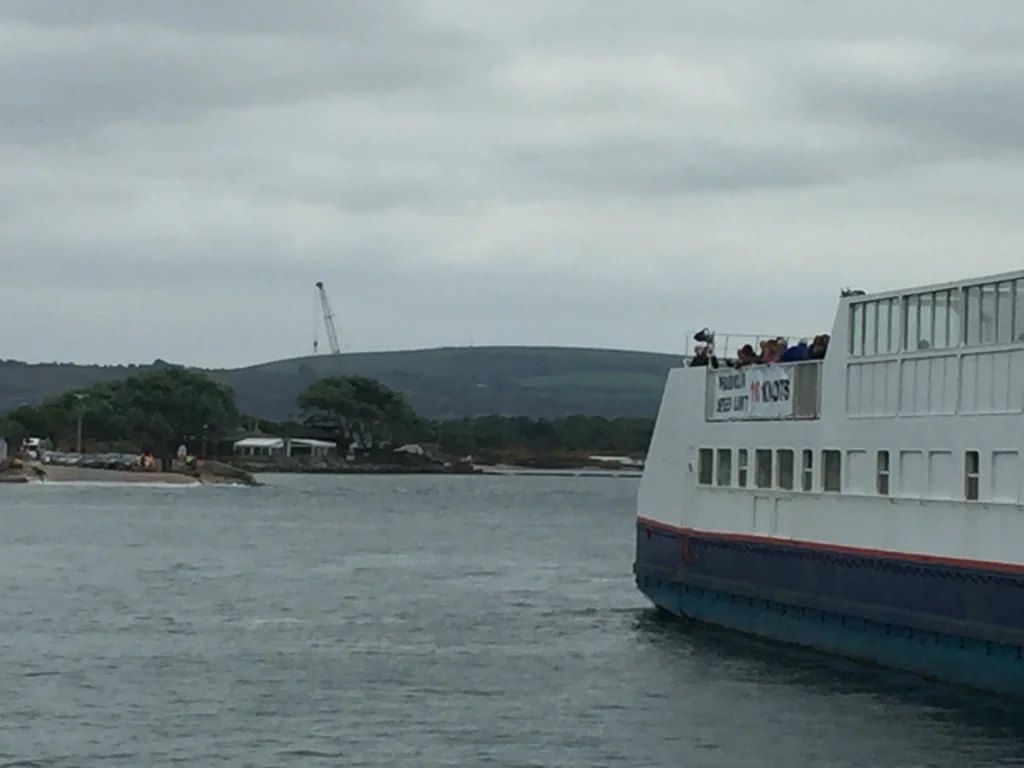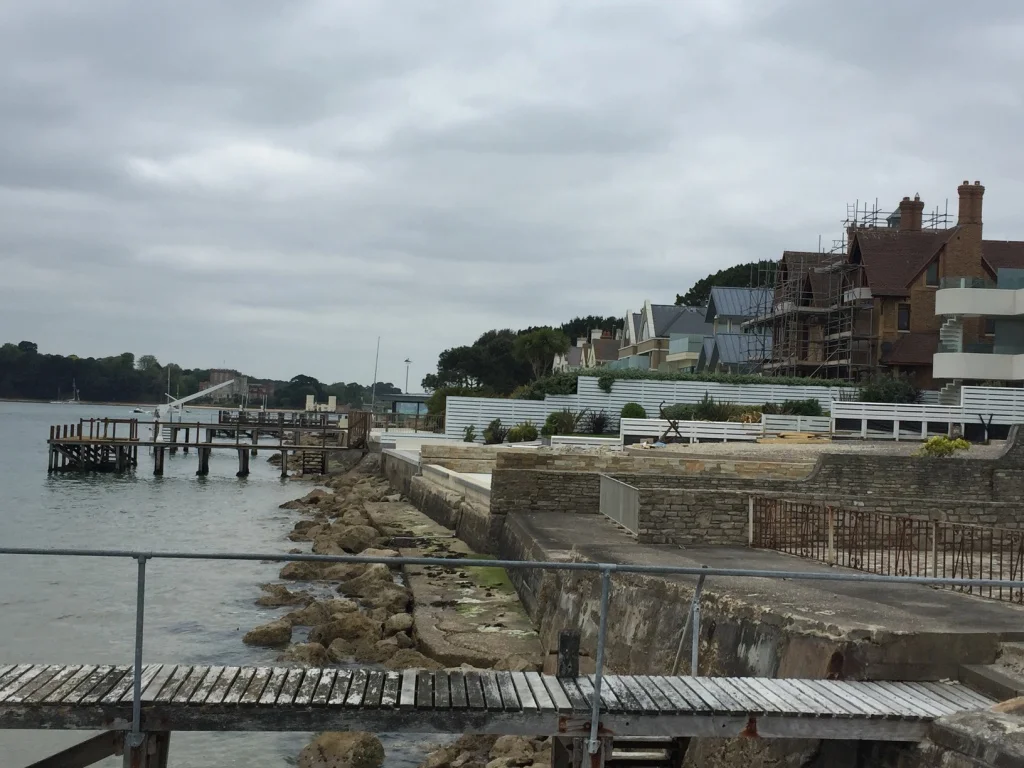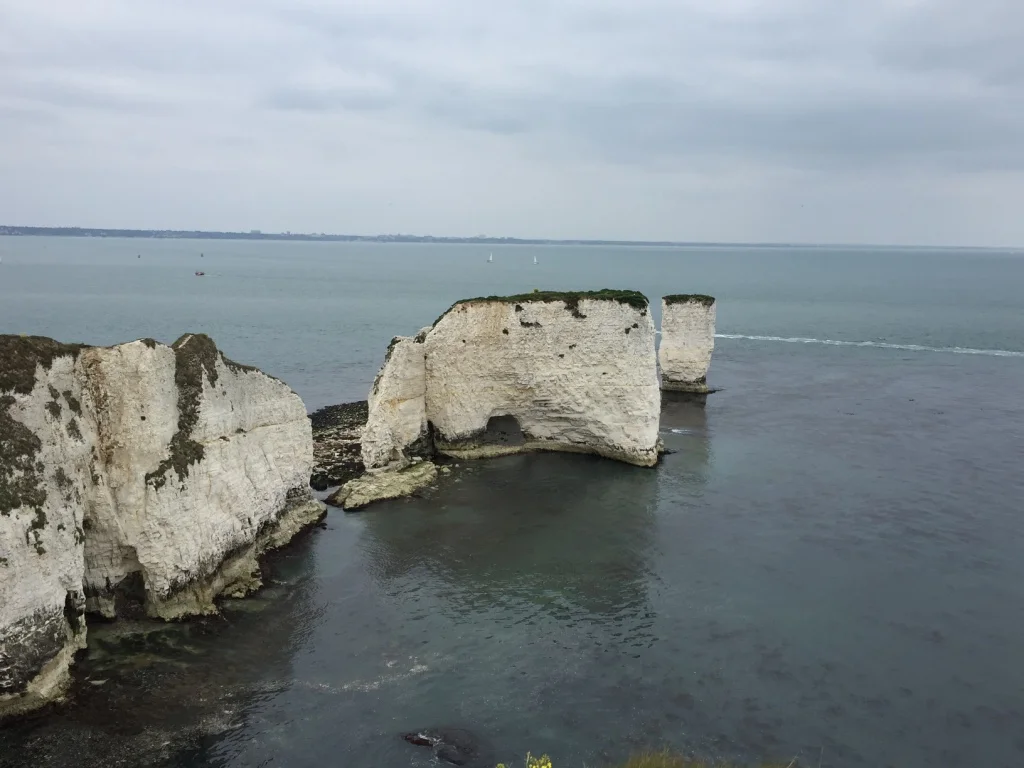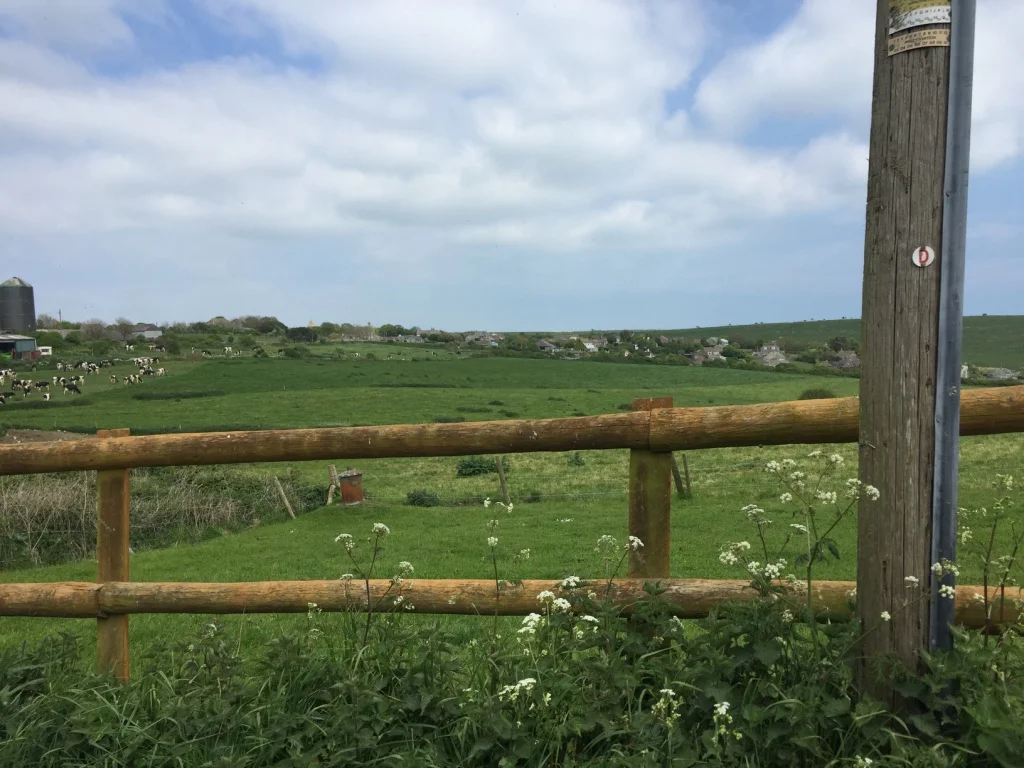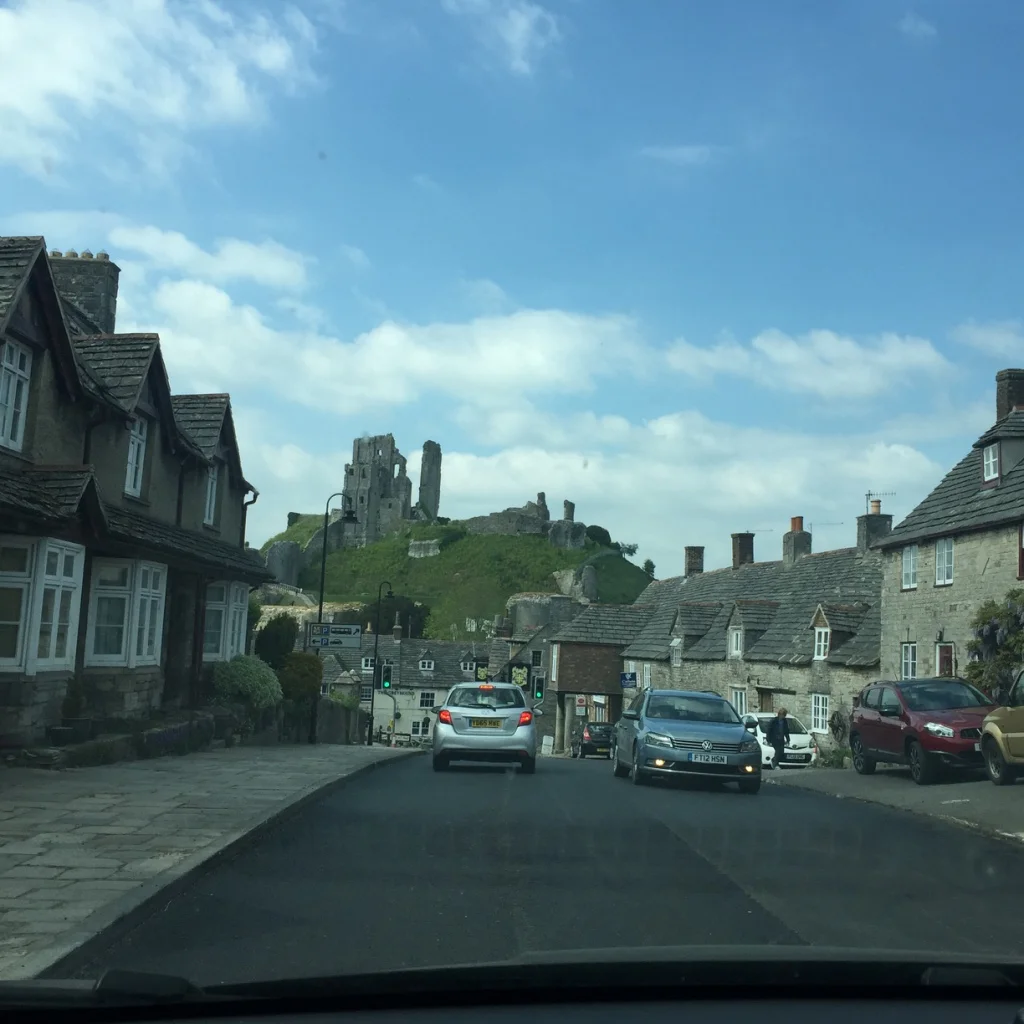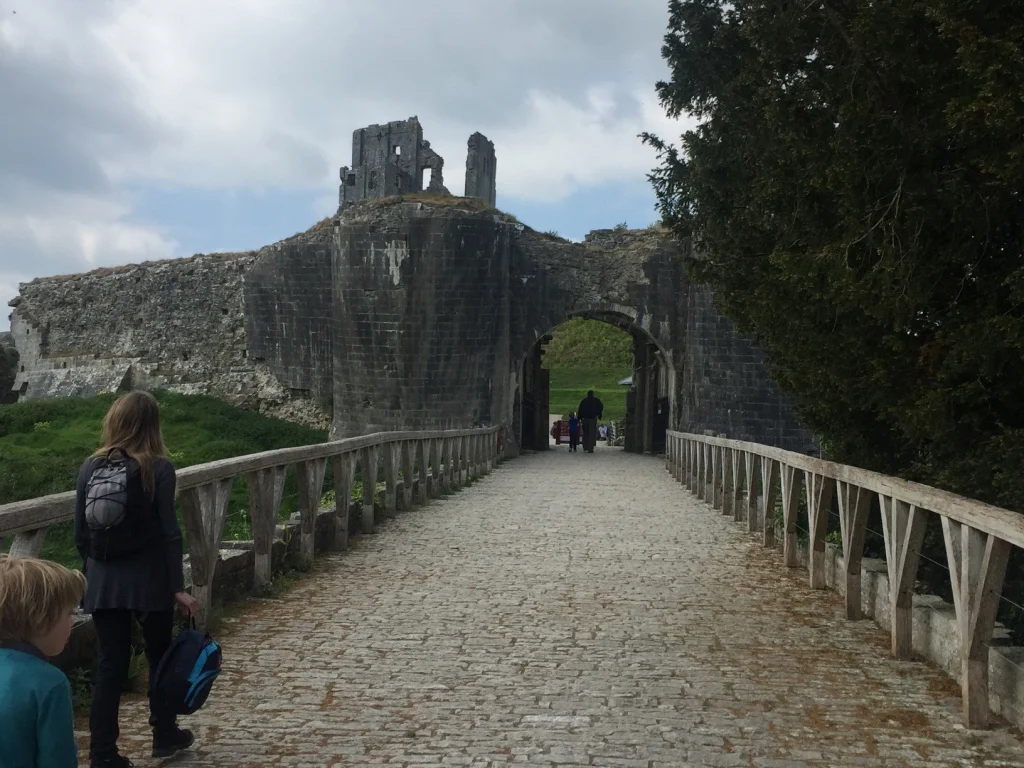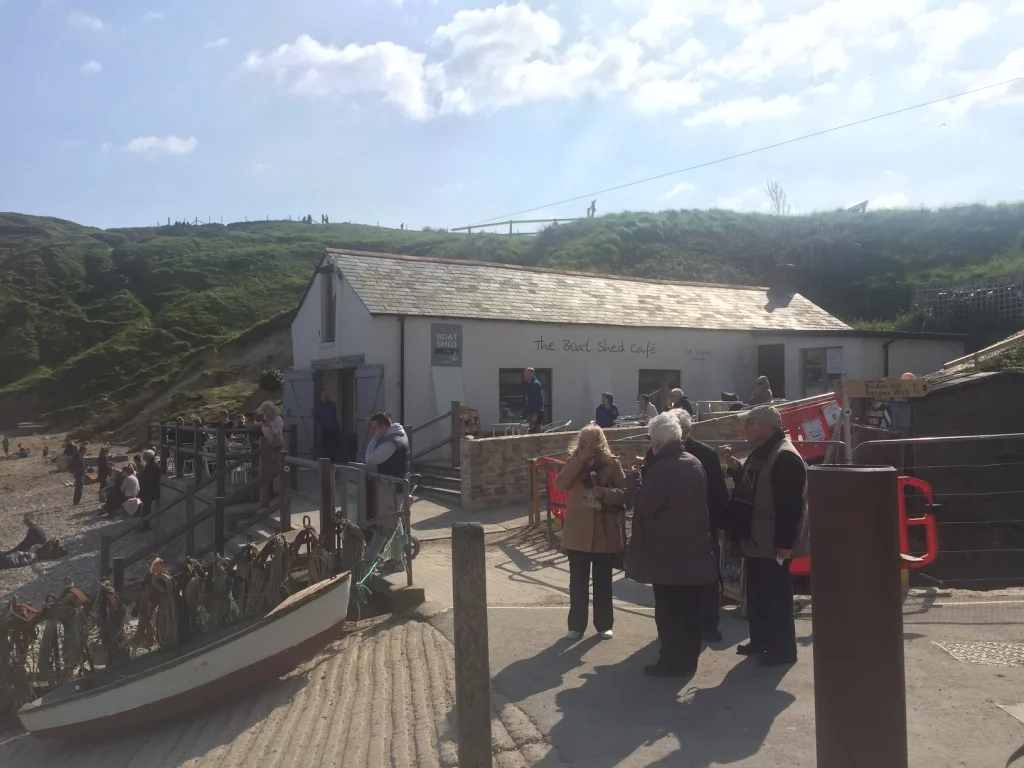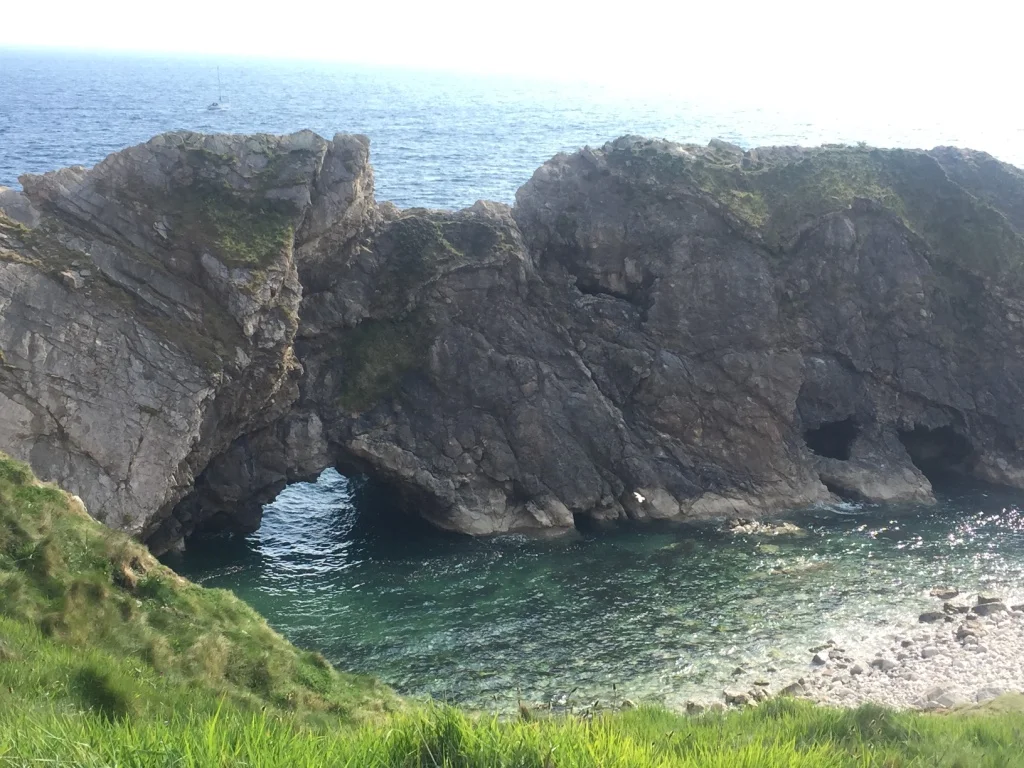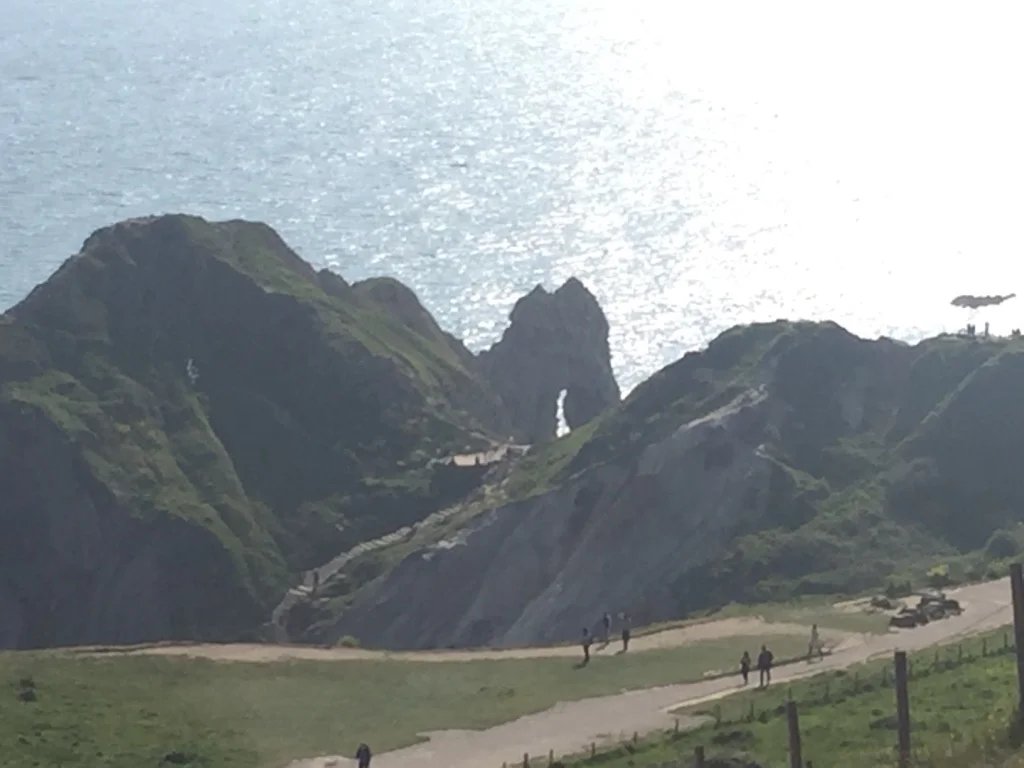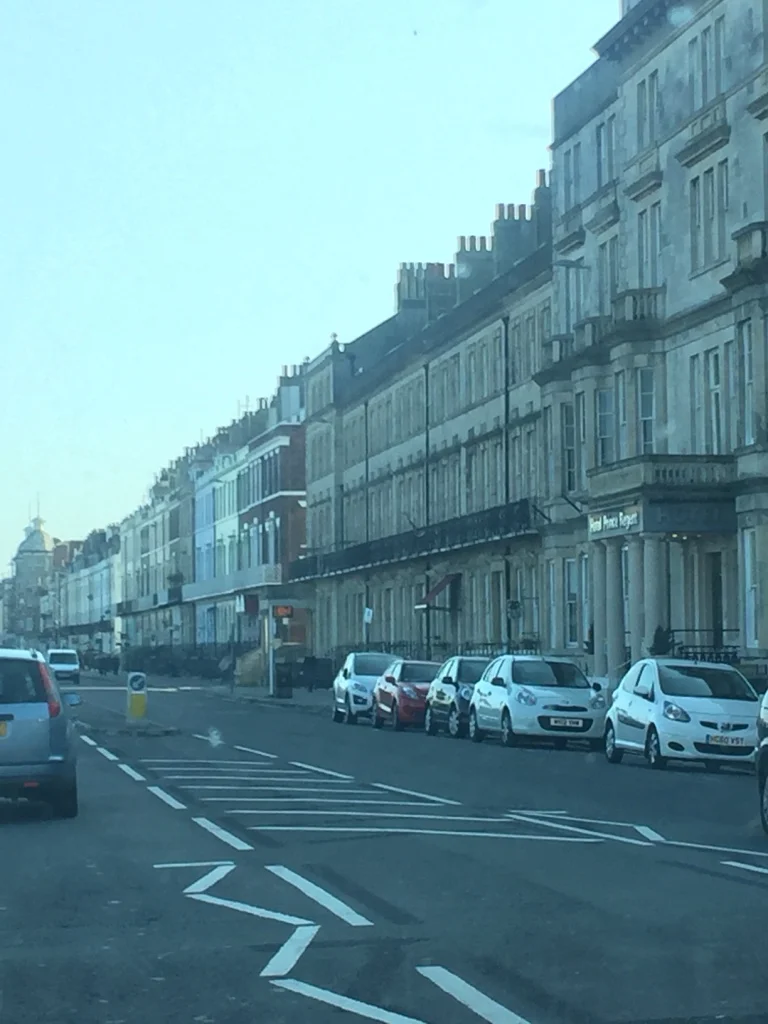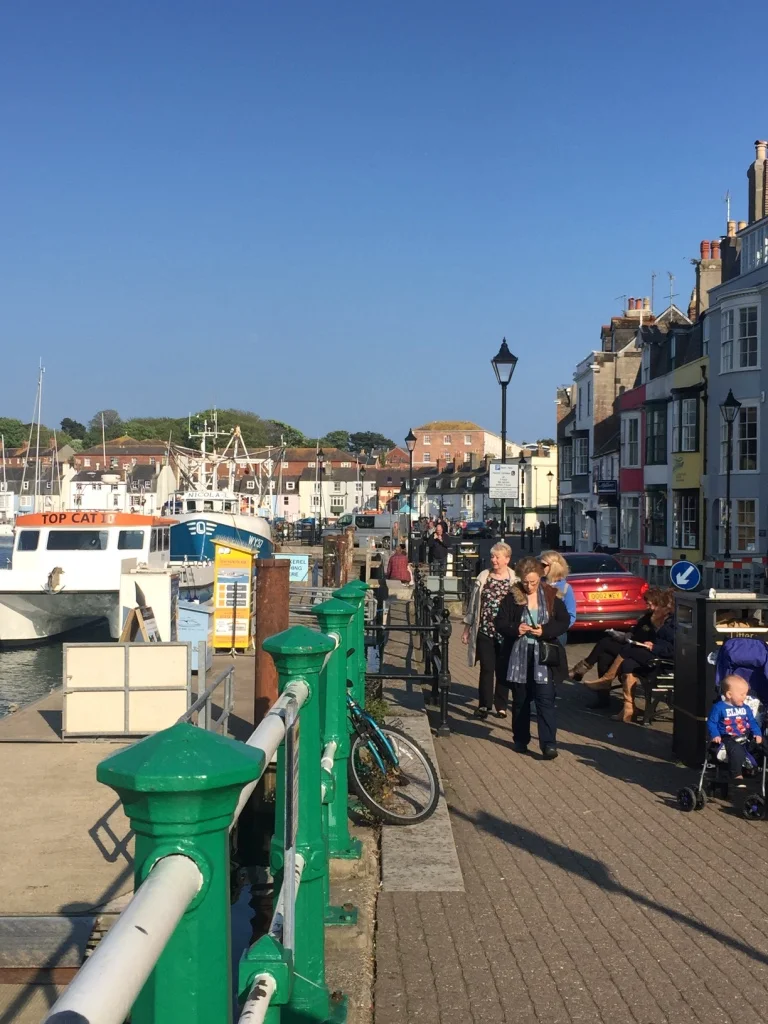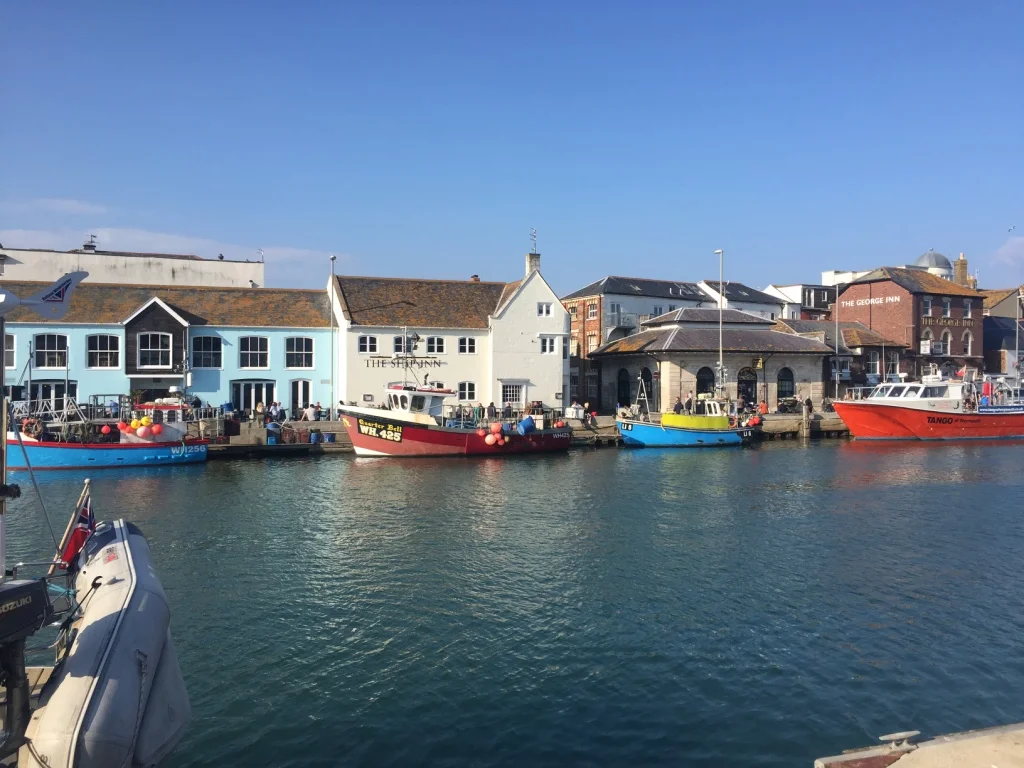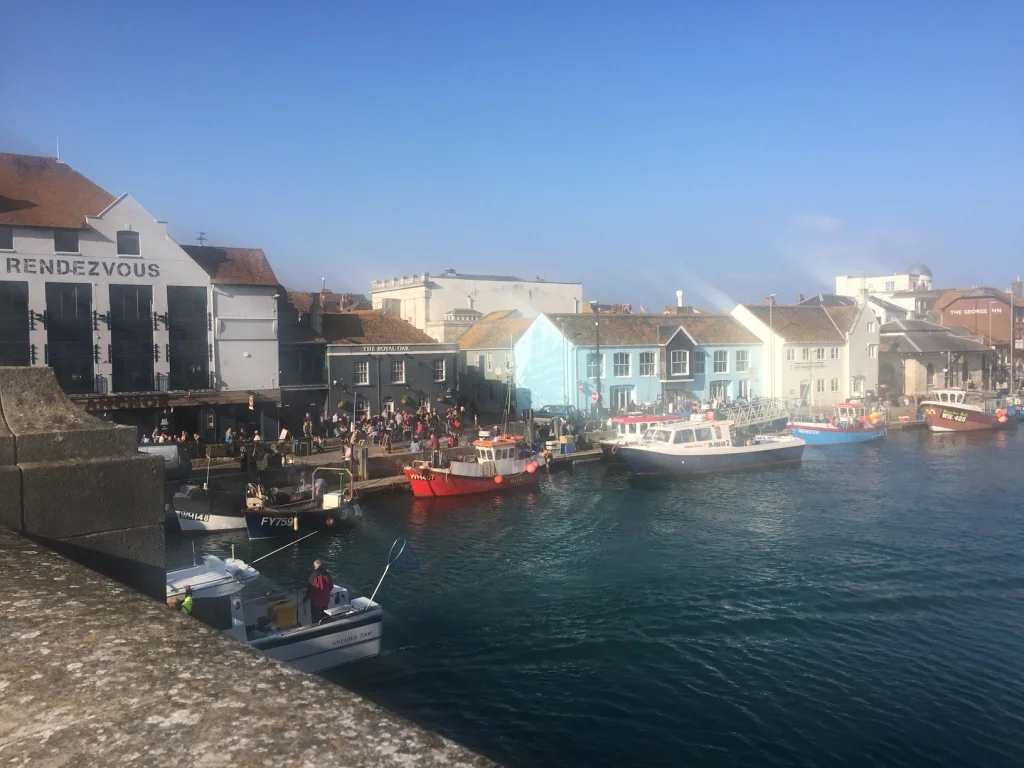Dorset Coast
One of the best weekends in the UK I spent them in the Dorset, Jurassic, coast. Wonderful, ancient landscapes, cosy villages, British green countryside and blue waters. I loved the fact you drive to the southern points of Britain and imagine across the water, in the far distance, lays the land of France; the Continent itself.
We drove through Christchurch, an old town with its famous 11th century church and Norman-now mostly destroyed-castle, in order to arrive to Bournemouth, where we spend a night before driving through the Jurassic Coast and return to London.
There was a market that day in Christchurch so it was really busy, but it was nice to see this small, historic town, admire the church and walk up the castle mount. After this quick stop we drove towards Bournemouth. The last years it has become really popular. A lot of people move from London there and property prices rise. It is a second home also for a lot of people with Sandbanks area becoming one of the highest price property; a lot of famous people own houses there since you have the beach on one side and the Poole harbour on the other. Poole harbour is pretty. It is home to a lot of companies, like Sunseeker, and its harbour is home to few yachts. Not only that but there are ferries leaving for the Channel Islands from there. Bournemouth is also a University town, so walking around you can see a lot of students around and the town is full of modern shops, restaurants, bars and clubs. There is a vibrant nightlife full of young people.
We took the ferry from Sandbank terminal to Studland, as it was the faster and easiest way to go to the Jurassic Coast. There I managed to have a pick of the most expensive houses.
We drove in beautiful Studland, which felt a bit like being in an island until our first stop, Old Harry’s Rocks. They took their name from a pirate who is rumoured to hide his boat (and treasury?) in these rocks or this area anyways. After parking the car in the car park you walk for 15min approximately to arrive in the end; in the edge, where the rocks are. The view is amazing and they really take your breath away. It is a natural marvel, one of many in the Jurassic Coast. Imagine how it will look like in bright daylight?!
Next stop, we passed from Swanage, which is a beautiful seaside town. We didn’t had time to walk around it but next time I am planning to spend some days in the area and stay and enjoy the town.
After we headed towards St. Aldhelm’s chapel, which this time we didn’t reach, but after a bit of walking, you manage to see one of the most old and famous chapels of the area and the view and beach behind it.
Another must stop is Corfe Castle and its village. Very small, medieval village with the castle at its centre, but still pretty. We had a Sunday roast lunch at the garden of the The Greyhound Inn watching the pretty castle. It is rather astonishing and should be viewed with reverence at its hey day. Unfortunately most of it was destroyed during the Civil War.
You pass beautiful, picturesque villages going around the area like Kingston, Tyneham, Lulworth etc.
Final stops Lulworth Cove-where you see the prehistoric layers of the earth and the calm, protected beach, and Dudley door, which is the most photographed area of interest in Dorset. The rock that resembles to an arch or a door at the edge of the beach. Quite a hike down I must say.
Last stop was Weymouth. We grabbed a drink at the pub downstairs at Rendez-vous near the bridge that connects the two ends of the canal that goes through Weymouth. We grabbed some fish and chips from Bennett’s (outstanding!) before leaving for our return to London. Weymouth is a quite large town, with its picturesque, colourful buildings and streets in some areas, and with an old, seaside town air.
Don’t forget that Devon and Dorset are famous for milk products, like the Cornish cream or the homemade local ice cream. Cream tea is delicious here of course. And the fish obviously is fantastic. I must add that the b&b (with the famous pub food) Pig on the Beach is having a great spot near Old Harry’s rock.
